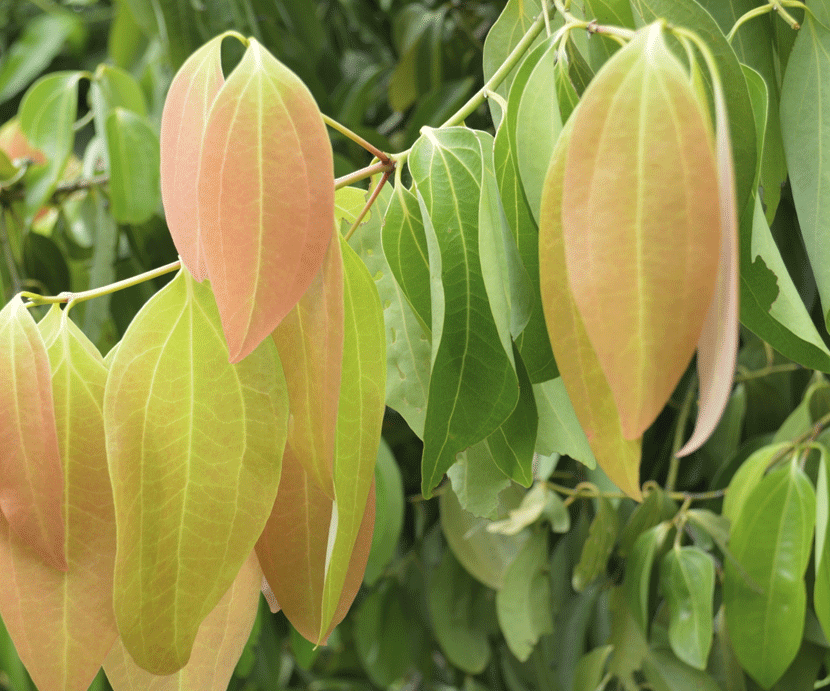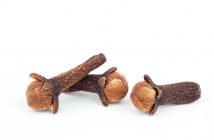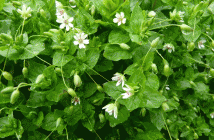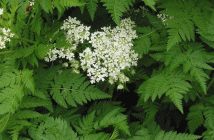 One of the best known spices for thousands of years, cinnamon is derived from the bark of the cinnamon tree ( Cinnamomum zeylanicum). The most highly prized bark is harvested from young shoots, the paler the better. Cinnamon is often confused with cassia (or Chinese cinnamon); the latter is native to Burma and possesses a more pungent taste best suited to spiced meat, pilafs (rice or cracked wheat with boiled meat and spices), and curries. On the other hand, true cinnamon comes from Sir Lanka (formerly Ceylon) and has a more delicate flavor ideal for breads, breakfast cereals, cakes, cookies, pastries, and other sweet dishes.
One of the best known spices for thousands of years, cinnamon is derived from the bark of the cinnamon tree ( Cinnamomum zeylanicum). The most highly prized bark is harvested from young shoots, the paler the better. Cinnamon is often confused with cassia (or Chinese cinnamon); the latter is native to Burma and possesses a more pungent taste best suited to spiced meat, pilafs (rice or cracked wheat with boiled meat and spices), and curries. On the other hand, true cinnamon comes from Sir Lanka (formerly Ceylon) and has a more delicate flavor ideal for breads, breakfast cereals, cakes, cookies, pastries, and other sweet dishes.
Cinnamon was evidently a fixture at least as far back as the days depicted in the Old Testament. It was a major ingredient in a “holy anointing oil” used by Moses. Due to its popularity, the cinnamon tree is cultivated in warmer climates worldwide, most notably in the West Indies and East Asia. The demand for cinnamon is such that McCormick’s Flavor Trends 2000 included the spice in its “Top 10 Flavors for 2000.”
Besides being held in high esteem as a flavoring, cinnamon has many other contemporary uses. Among other things, it can serve as
• An antiseptic mouthwash
• A remedy for acid indigestion, heartburn, and cramps
• A cold and flu fighter
• A remedy for yeast and fungal (e.g., athlete’s foot) infections
• An agent for the prevention of cancer
While some of these applications grew out of old folk medicine practices, recent studies have revealed a scientific basis for the medicinal use of cinnamon. Two cancer specialists based at the British Columbia Cancer Research Center in Vancouver have identified cinnamon acid as the active ingredient in the spice which helps prevent cancer induced by chemicals present in much of today’s food products. In 1974, the Journal of Food Science (cited in Herman, 1996, p. 161) reported that as little as 2 percent or twenty milligrams of the spice per milliliter of a yeast-extract and sucrose broth inhibited 97 to 99 percent of existing toxic molds.



